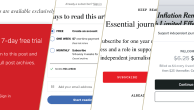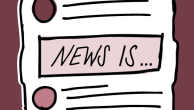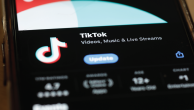The Election Front Page
The political or election front pages were examined once a day, at 9 a.m., for six of the seven days in the study (Saturday, January 24 was omitted). Several different elements were measured. First, we counted the total number of election-related stories. Next we counted how many of those had original reporting.
Next we considered some Internet-specific elements of the pages. We tallied the amount and type of other web sites a user could click to, such as FEC.gov. Next we counted the number of targeted links to specific pages–rather than home pages–such as a page detailing a candidate’s voting record or biographical information. Finally we looked for links to unfiltered audio or video–that is speech directly from the candidates or other news sources. This would include an “In Their Own Words” segment from a Howard Dean speech, for instance but not a correspondent’s audio or visual package about that speech.
The Lead Story
In addition to the political front pages, we studied the lead story on each page twice a day. We broke each story down four ways. First we identified what triggered each story. A candidate? The press? Something else? Then we noted what each story was about, or its topic. Third, we considered how each story was put together or framed (was this story about the latest John Kerry appearance, for instance, canted to be about his chances for winning, how he had changed tactics, or his policy ideas?). The study calculated the number of sources for each story and classified the first source cited.
Finally, has this lead story changed since the previous download of this site?




